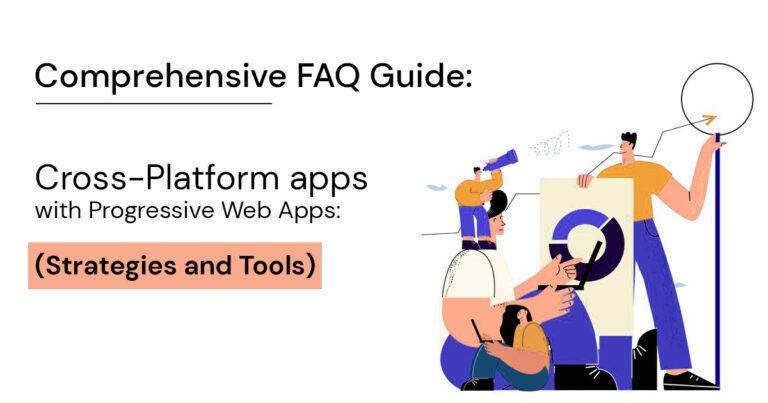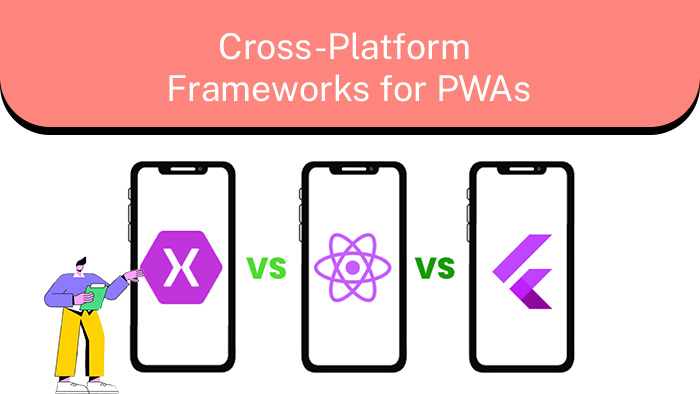Can you develop custom features and functionalities in cross platform applications?
Yes, we can develop custom features and functionalities in cross-platform applications. Cross-platform development allows us to create applications that run on multiple platforms, such as iOS and Android, using a single codebase. This means that custom features and functionalities can be implemented and shared across different platforms, reducing development time and costs. We use frameworks like React Native and Flutter, which provide a rich set of tools and libraries to develop custom features and functionalities. With cross-platform development, we can create native-like experiences for users, including integrations with device hardware and access to platform-specific capabilities.


